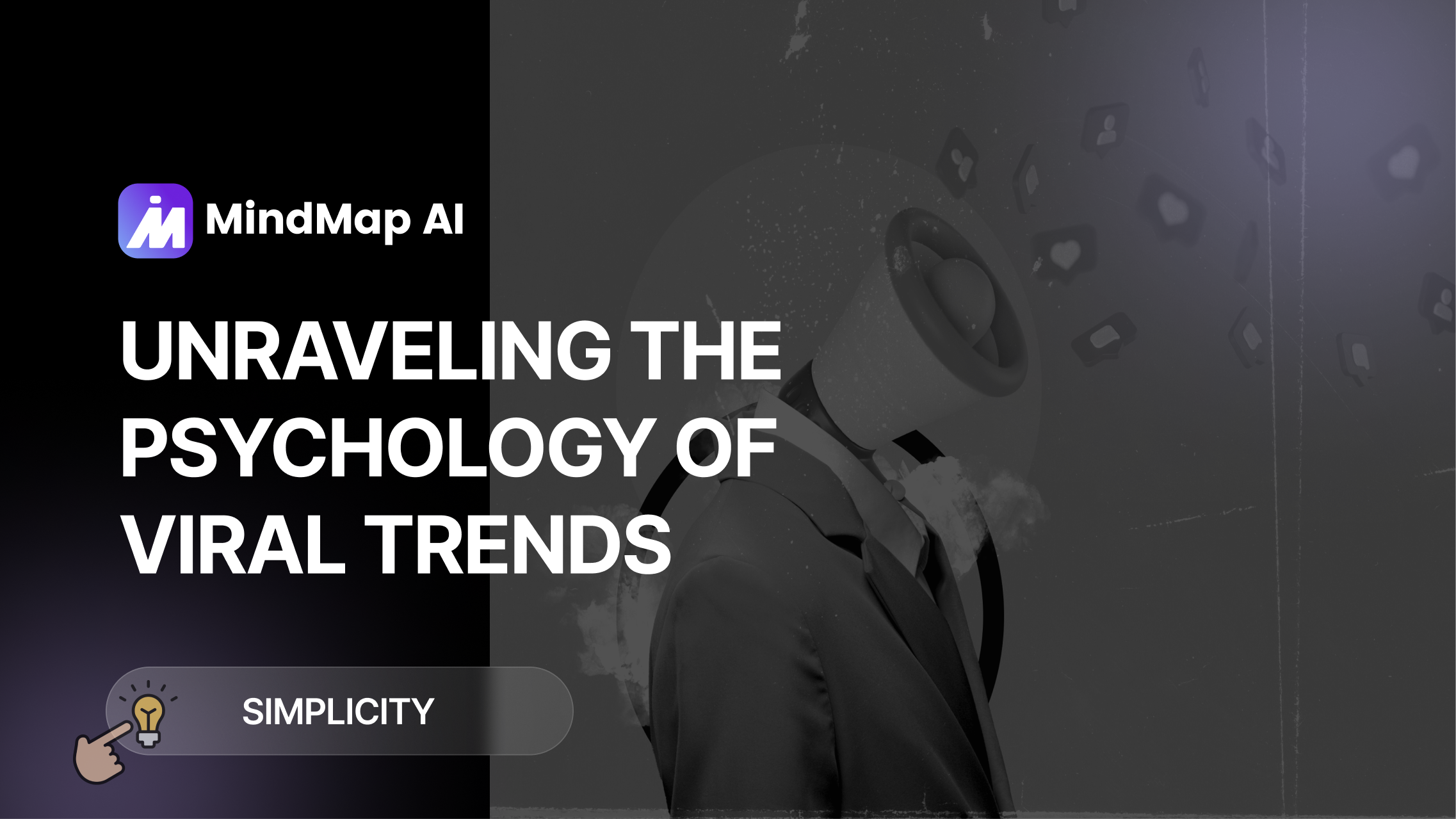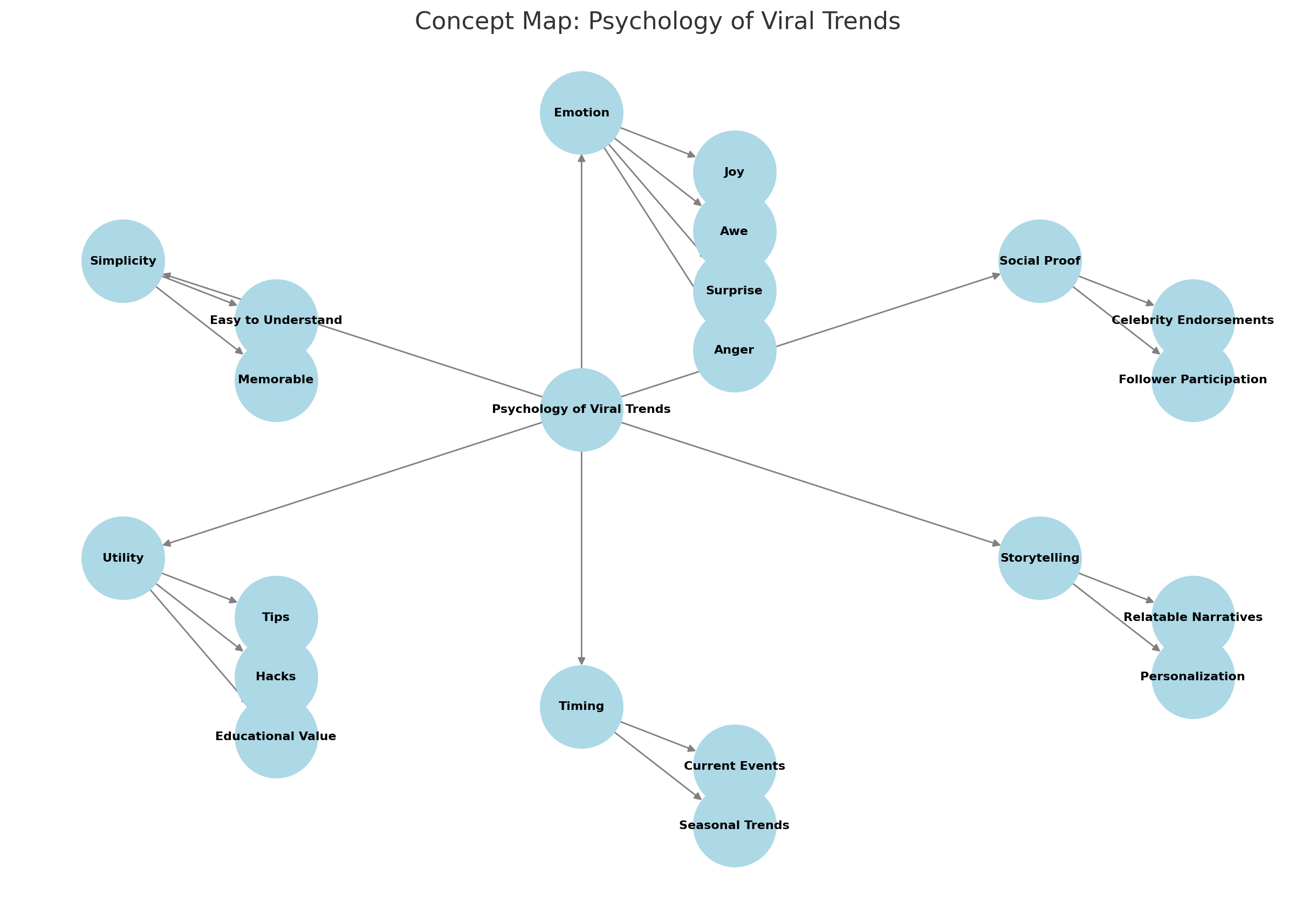
Unraveling the Psychology of Viral Trends: What Makes Ideas Stick
In the age of social media, ideas, videos, and memes can spread like wildfire. But why do some ideas go viral while others fade into obscurity? The answer lies in the intricate psychology behind viral trends. From emotional triggers to the power of storytelling, certain psychological factors make content resonate deeply with audiences, leading them to share it with their networks.
This blog explores the science behind virality, uncovering key principles and real-life case studies that reveal what makes ideas stick.
Why Do Ideas Go Viral?
At its core, virality hinges on human connection. Viral ideas often align with our emotions, social behaviors, and intrinsic need to share experiences. Below are the core psychological drivers behind why some ideas spread like wildfire:
1. Emotion: Tap into Feelings
Ideas that evoke strong emotions—joy, awe, anger, or surprise—are inherently shareable. Emotional resonance compels people to connect and engage.
Case Study: The ALS Ice Bucket Challenge became a global sensation because it was fun, surprising, and tied to a meaningful cause. Watching someone pour freezing water over themselves created a mix of humor, empathy, and action.
2. Simplicity: Keep It Clear
The simpler the concept, the easier it is for people to understand and share. Over-complicated messages fail to grab attention quickly in a world of short attention spans.
Case Study: Nike’s “Just Do It” slogan is a prime example. Its brevity and motivational undertone make it timeless and universally appealing.
3. Social Proof: Follow the Herd
Humans are naturally influenced by others. When content is widely shared or endorsed by influential figures, it gains credibility and momentum.
Case Study: TikTok dance challenges like “Savage Love” thrive when celebrities and influencers participate, inspiring millions to follow suit.
4. Utility: Provide Value
People love to share content that provides value—be it in the form of tips, hacks, or useful knowledge.
Case Study: DIY tutorials, recipes, and productivity hacks on platforms like Instagram and Pinterest often gain traction due to their practical utility.
5. Storytelling: Share an Experience
Compelling narratives create emotional bonds, making content memorable and relatable. A great story has the power to humanize an idea and inspire empathy.
Case Study: Humans of New York leverages storytelling by featuring personal, heartfelt tales that captivate audiences worldwide.
6. Timing: Be in the Moment
Virality often coincides with cultural relevance or trending events. Timing plays a crucial role in aligning content with the audience’s current interests.
Case Study: Memes surrounding live events like the Oscars or the World Cup skyrocket in popularity because they’re timely and relevant.
Real-Life Examples of Viral Trends

Let’s delve deeper into two iconic examples that embody the principles of virality:
Case Study 1: ALS Ice Bucket Challenge
The 2014 phenomenon raised an astounding $115 million for ALS research in just eight weeks. Here’s what made it viral:
- Emotion: It blended fun and surprise with a sense of purpose.
- Social Proof: Prominent figures like Oprah Winfrey and Mark Zuckerberg joined the movement.
- Utility: It raised awareness about ALS while encouraging donations.
Case Study 2: TikTok’s “Savage Love” Dance Challenge
This viral challenge captivated millions globally. Its success hinged on:
- Simplicity: The dance steps were easy to follow.
- Social Proof: Influencers and celebrities participated enthusiastically.
- Storytelling: Each participant added a unique flair, making their contribution personal and engaging.
Final Thoughts: The Secret Sauce of Virality
While creating viral content is not an exact science, understanding these psychological principles increases the likelihood of success. The next time you design a campaign or share an idea, ask yourself: Does this evoke strong emotions? Is it simple and clear? Does it provide value or tell a story?
By aligning content with these drivers, you’re one step closer to crafting the next viral sensation.







